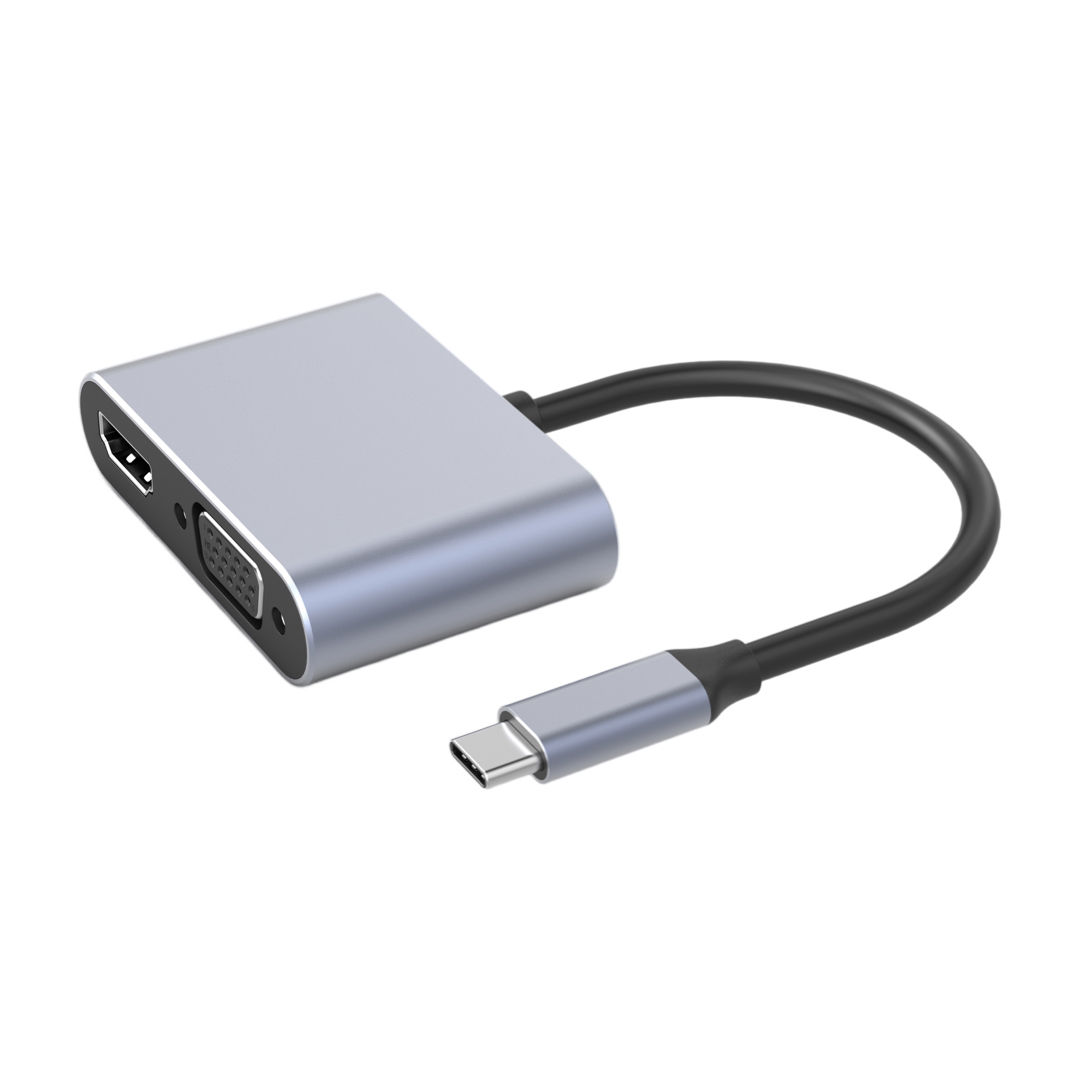Enhancing Connectivity and Efficiency in Home Networks with USB Hub

With the increasing number of devices connected to home networks, the need for efficient resource sharing and file transfer has become essential. In this regard, the application of a USB hub in home networks has proven to be an effective solution. By seamlessly integrating the USB hub into the network infrastructure, users can easily share resources and transfer files across various devices. This article delves into the benefits and applications of USB hubs in home networks.
1. Streamlining Resource Sharing through USB Hubs
USB hubs provide a centralized platform for sharing resources among multiple devices connected to the home network. Users can connect a variety of USB devices, such as printers, external hard drives, and scanners, to the USB hub, making them accessible to all devices within the network. This eliminates the need for individual connections, reducing clutter and improving overall connectivity.
Furthermore, the USB hub acts as a bridge, allowing devices with different connectivity options, such as USB-A, USB-C, and micro-USB, to interact seamlessly. This versatility enhances compatibility and facilitates resource sharing, regardless of the device's connectivity specifications.
2. Efficient File Transfer across the Home Network
In addition to resource sharing, USB hubs play a crucial role in facilitating fast and efficient file transfers within the home network. By connecting USB storage devices, such as flash drives or external hard drives, to the USB hub, users can easily transfer files between various devices.
Moreover, USB hubs with advanced data transfer protocols, such as USB 3.0 or USB 3.1, offer lightning-fast transfer speeds, reducing waiting times significantly. This makes large file transfers or media streaming between devices a seamless experience.
3. Simplifying Network Management and Organization
USB hubs not only streamline resource sharing and file transfer but also simplify network management and organization within the home network. With a centralized hub, users can effectively manage and control connected devices, ensuring optimal performance and security.
Additionally, USB hubs often come equipped with features like built-in switches, enabling users to toggle between devices effortlessly. This eliminates the need for manually disconnecting and reconnecting devices, enhancing convenience and productivity.
In summary, the application of USB hubs in home networks offers immense benefits in terms of resource sharing, file transfer, and network management. By integrating a USB hub, users can streamline connectivity, simplify organization, and enjoy efficient file transfers within their home network. Embracing this technology is a step towards a more connected and productive home environment.



